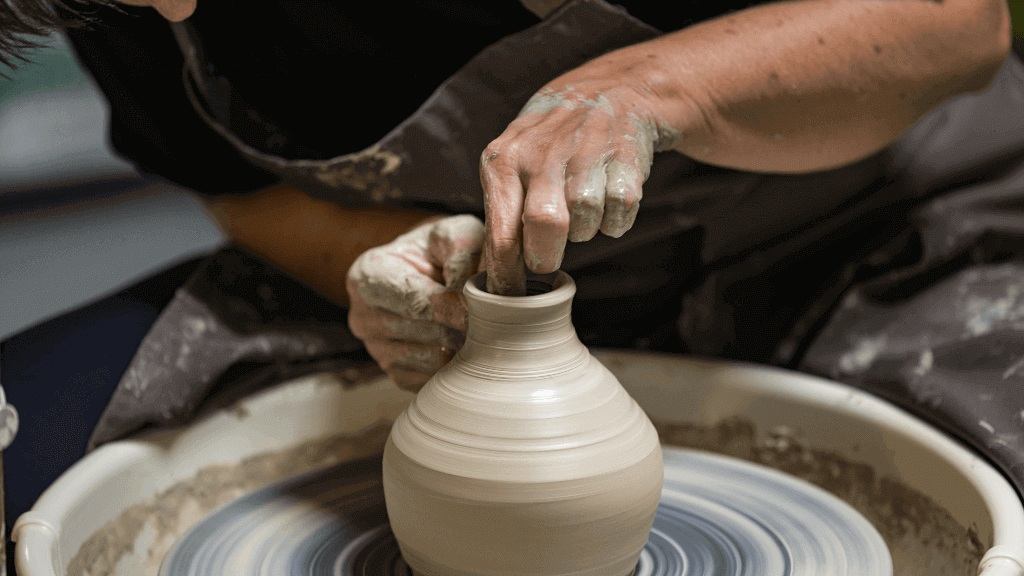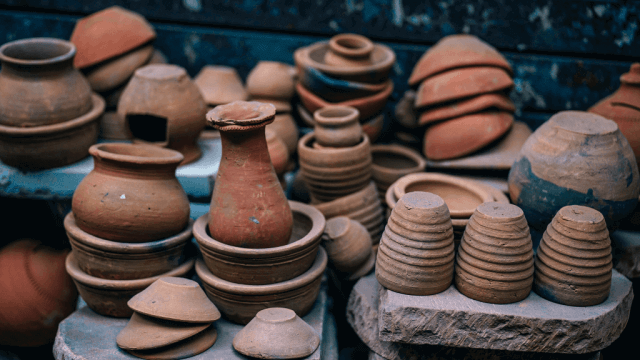Pottery can explode in the kiln due to residual moisture left in the clay body even when it appears dry. Once the kiln reaches 212F, the moisture turns into steam and expands rapidly into any small air pockets in the clay, shattering the pottery. Fast firing during this stage can also lead to explosions. Moisture puts pressure on the clay piece, which shrinks as it dries. Contrary to popular belief, air bubbles are not a significant cause of explosions.
What are some common causes of pottery exploding in the kiln?
Pottery can explode in the kiln due to residual moisture left in the clay body. Once the kiln reaches 212F, the moisture turns into steam and expands rapidly into any small air pockets in the clay, shattering it. Another cause of pottery explosions is too much pressure on the clay piece due to moisture. It is a myth that air bubbles are a common cause of pottery explosions.
How can potters prevent their pieces from exploding during firing?
Potters can prevent their pieces from exploding during firing by ensuring that the clay is completely dry before it reaches the steam forming temperature. This can be done by pre-drying the clay pieces in a kitchen oven set to 190 degrees F. Additionally, potters may poke holes through their sculptures or take clay out of the center of the sculpture to allow steam to escape. Enclosed air bubbles do not cause explosions, but they can trap moisture and prevent thorough drying, which does cause explosions.
Can the type of clay used affect the likelihood of pottery exploding in the kiln?
Yes, the type of clay used can affect the likelihood of pottery exploding in the kiln. The main reason that pottery explodes in the kiln is residual moisture left in the clay body even when it appears bone dry. If there is too much moisture in your greenware, pieces can explode in the kiln. Smaller solid clay sculptures have less chance of cracking or exploding in the kiln than larger ones. However, if the clay is 100% dry inside and out at the time it reaches boiling temperature, there is zero risk of explosion.
Are there any techniques or methods that can be used to salvage a piece of pottery that has already exploded in the kiln?
Unfortunately, once a piece of pottery has exploded in the kiln, it cannot be salvaged. However, there are techniques to prevent explosions from happening in the first place. If an explosion does occur, it is best to remove the large broken pieces first and then use a vacuum cleaner with a soft brush attachment to clean the kiln. To avoid explosions, make sure your clay is completely dry before firing.
Have there been any recent advancements in kiln technology that help to reduce the risk of pottery exploding during firing?
There is no recent information on advancements in kiln technology that help to reduce the risk of pottery exploding during firing. However, there are ways to prevent explosions such as poking holes through clay sculptures and ensuring that there is not too much moisture in greenware. Additionally, cracks are more likely to occur due to quartz inversion if the firing process is not done correctly.











